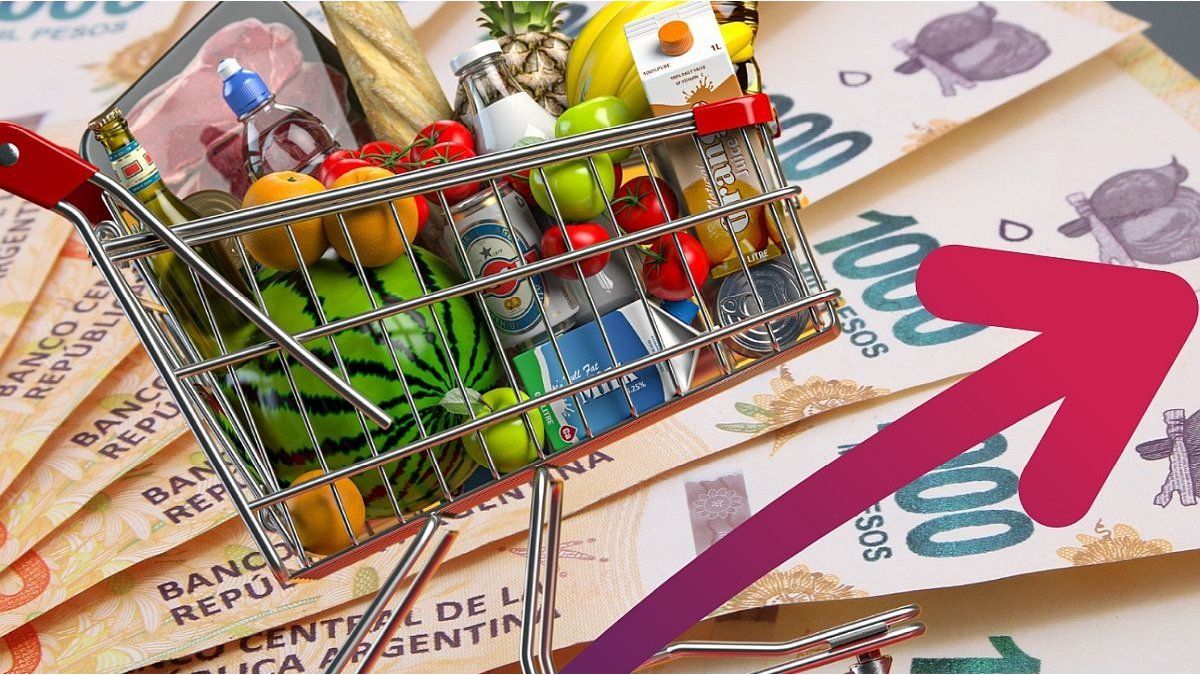In this scenario, economic analysts begin to focus on Key factors that affect the evolution of prices and that prevent breaking the long -awaited threshold of 2%: The impact of seasonal goods and the growing weight of services.
Seasonal prices complicate inflation decline
Although it exists Consensus on the deceleration of inflation for the yearbreaking the 2% barrier is still a challenge. Despite the stability of the dollar and the elimination of the country tax -factors who played in favor of lower inflation in January -the increases in the Tourism item prevented the index from falling even more. As usual in the holiday season, the costs of the sector fired. According to C&T consultants, the increase was 6.2% monthly, while the rest of the increases remained more moderate.
Along the same lines, the inflation fact of the City of Buenos Aires (CABA), published on February 7, showed that the categories Recreation and culture, Sureand Restaurants and hotels They were the highest rise, with variations of 7.7% and 6%, respectively. On the other hand, in the field Alcoholic foods and drinksthe last week of January was marked by increases in meats and fruits, with increases of 2.9% and 5.7%, respectively.
The weight of services
Another key point that analysts highlight It is the impact of inflation services. In the city of Buenos Aires, while The goods rose 1.4% in January, the services increased by 4.3% monthly. According to PPI, this is the fourth consecutive month in which services fail to pierce the threshold of 4%.
“In a context of recovery of the real salary, the services still have room to repurchase after the increases postponed in the first months of high inflation of the Milei management. Despite having increased above the goods since February 2024, they continue without reach your balance point. The services represent 31% of the National CPI basket, although in the Macri administration they touched up to 37%. In this sense, services make disinflation difficult and, at the same time, reinforce the real appreciation of weight. However, the assets partially mitigate the impact of the Crawl -induced exchange appreciation of 1%, “the specialists explained.
The three prices that the Government seeks to keep at bay to lower inflation
Taking into account this last factor, it is necessary to point out what are the three prices that the Government seeks to control so that inflation drives 2%.
- Wages: A parity that must be followed closely without a doubt is that of the state, where the Government tries to set a roof of 1%, the same as of December for this sector. The pearls that are being signed by most unions They follow the salary pattern driven by the government, with increases that do not exceed 3% monthly for new agreements. The evolution of prices and salaries is key to sustaining the downward trend of inflation, so the Ministry of Labor Delay the approval of agreements that are not aligned with the strategy of the Ministry of Economy.
- Dollar: Javier Milei already said, the exchange rate “is not late” and is at a reasonable level. With the decline of the “Crawling Peg” that began to become effective in the month of February, the government guaranteed that the informal exchange rate will also tend down. The possibility according to the IMF with the arrival of fresh funds, a greater activation of agricultural settlements in the first semester would guarantee the Government reduce exchange volatility, Something with what he had throughout 2024 and allowed him to lower inflation after the devaluation jump of December 2023.
- Public services
The Government focuses its attention on two key services: Prepaids and rates. In 2024, while inflation reached 118%, prepaid increased 226%and rates by 430%, according to INDEC data. However, a change in dynamics for 2025 is expected.
This week, The Executive advanced in negotiations with prepaid medicine companies. Prior to the start of the first conversations, the government eliminated the intermediation between social and prepaid works, which implies that about $ 180,000 million per month will reach these companies without discounts.
As for rates, The government decided to reversed with the increase in light, which would have meant rises of up to 12% for lower income households. The Minister of Economy, Luis Caputo, described the measure as an “error” and announced that Subsidy reduction will be gradual throughout the year, instead of concentrating in February.
It should be noted that in CABA inflation, The services have a greater weight compared to the National Indec Index. However, the postponement of tariff increases, driven by the government to contain inflation, generates a paradox: Although moderates the rises in the short term, it also delays price adaptation, which hinders a more pronounced reduction in the general index. Thus, the same factor that helps stop inflation in the present could complicate its deceleration in the future.
What expected the REM for the coming months and when it will break 2%
According to new projections, Inflation will follow a descending trajectory, lowering 2% in April and reaching 1.6% in July. For all 2025, the private sector estimates inflation of 23.2%, that is, 2.7 percentage points (pp) less than in the previous forecast of the REM.
The Government’s challenge will be to make prices follow the rhythm of the inflationary goal, with salaries that accompany that trend without affecting the economic growth planned for the year.
Source: Ambito
I am an author and journalist who has worked in the entertainment industry for over a decade. I currently work as a news editor at a major news website, and my focus is on covering the latest trends in entertainment. I also write occasional pieces for other outlets, and have authored two books about the entertainment industry.




